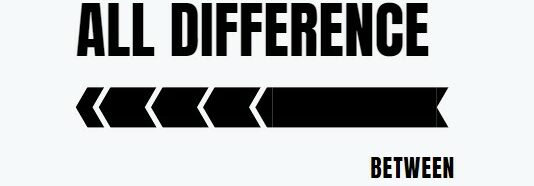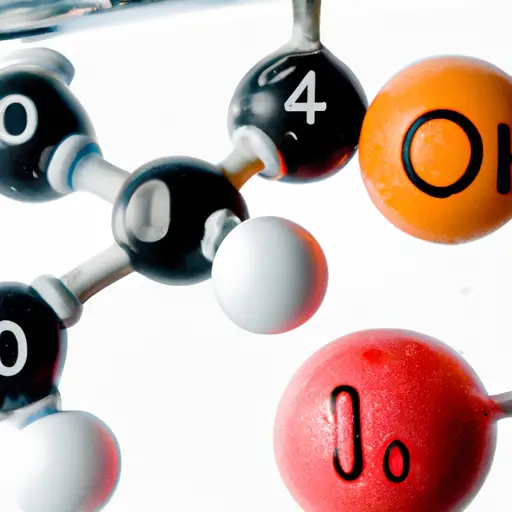Elements vs Molecules Vs Compounds: Everything on earth is made of atoms, and sometimes they combine to form new groups of atoms. While many things in nature do come in their pure form, there are of course many other things that do not. An element is a fundamental substance that consists of only one type of atom. Elements consist of smaller particles and can be man-made or synthetic. A molecule is the smallest unit of a chemical compound and exhibits the same chemical properties of the specific compound. As molecules are made up of atoms jointly held by chemical compound, they can vary greatly in terms of complexity and size. while many things in nature do come in their pure elemental form, there are of course many other things that do not. Instead, they are combinations of elements. When elements combine they form molecules. From their definitions alone we find out that elements, molecules, and compounds have some distinctions between them. Below are some differences among them:
So What is the Difference between Elements, Molecules and Compounds.?
1. The difference in their ability to breakdown:
A compound can be separated into simpler substances by chemical reactions while elements cannot be broken down into simpler substances by chemical reactions. Molecule being the smallest unit of a chemical reaction will exhibit the same chemical properties with the specific compound, hence it is separated.
2. Types and purity of each vary
The list for types of compounds is endless. There are millions of different compounds around us. Probably everything you can see is one type of compound or another. When elements join and become compounds, they lose many of their individual traits. Sodium alone is reactive. But when sodium and chlorine combine, they form a non-reactive substance called sodium chloride (salt). there are about 117 elements that have been observed. It can be classified as metal, non-metal or metalloid. Elements are said to be pure whereas molecules and compounds can take impure forms.
3. Chemical Representation:
A compound is represented using a formula while an element is represented using symbols. Molecules have no method of presentation. For example, compounds include – water (H2O), sodium chloride (NaCl), Sodium bicarbonate (NaHCO3) while examples of elements include: – Iron, copper, silver, gold, nickel.
4. Distinguishing features between each is different
Compounds contain different elements in a fixed ratio arranged in a defined manner through chemical bonds. Elements are distinguished by their atomic number (number of protons in their nucleus).
5. Different bonds that bind them
There are strong covalent bonds between atoms of the compound, but in elements, there can be metal bonds or weak non covalent bonds. Also, most compounds have combinations of ionic and covalent bonds. New compounds have few or none of the physical or chemical traits of the original elements.
6. The difference in mass and atomic numbers
An element has the same number of protons in its atoms regardless of its chemical state. Various elements, molecules, and compounds have different atomic numbers and masses. These properties determine the chemical and physical features of a substance made of these constituents.
7.Chemical changes
Chemical changes in compounds happen when chemical bound is created or destroyed. Forces act on the bonds between atoms, changing the molecular structure of a substance. You can pour liquid acid on a solid and watch the solids dissolve. That process is a chemical change because molecular bonds are being created and destroyed. Geologist pours acids on rocks to test for certain compounds. New compounds have few or none of the physical or chemical traits of the original elements. They have a new life of their own.
8. Their basic state of existence varies
Let us start with molecules. The molecule is the general term used to describe any atoms that are connected by a chemical bond. Every combination of atoms is a molecule. A compound is a molecule made of atoms from different elements. All compounds are molecules, but not all molecules are compounds. Hydrogen gas (H2) is a molecule, but not a compound because it is made of only one element. Water can be called a molecule or a compound because it is made of hydrogen and oxygen atoms.
9. Physical traits:
When we discuss phase changes in matter, we are looking at physical forces alone (unless you are inside of the sun or something extreme) rarely break down compounds completely. You can apply heat to melt an ice cube, but there will be no change in the water molecules. You can also place a cup of water in a container and decrease the pressure. The water will eventually boil, but the molecules will not change.

